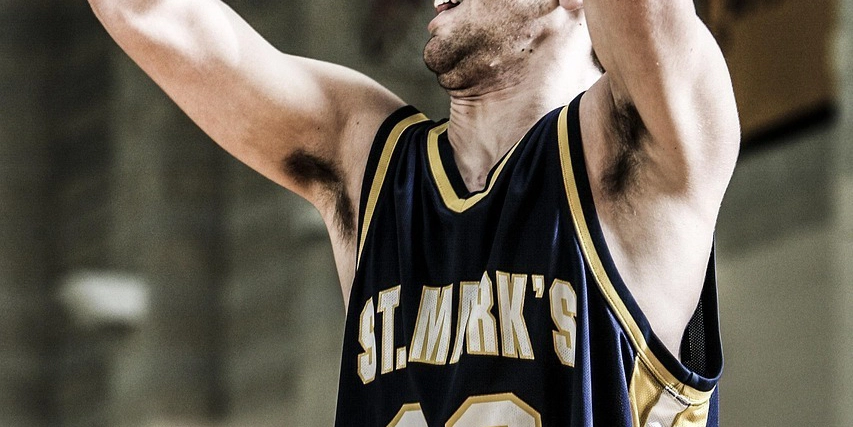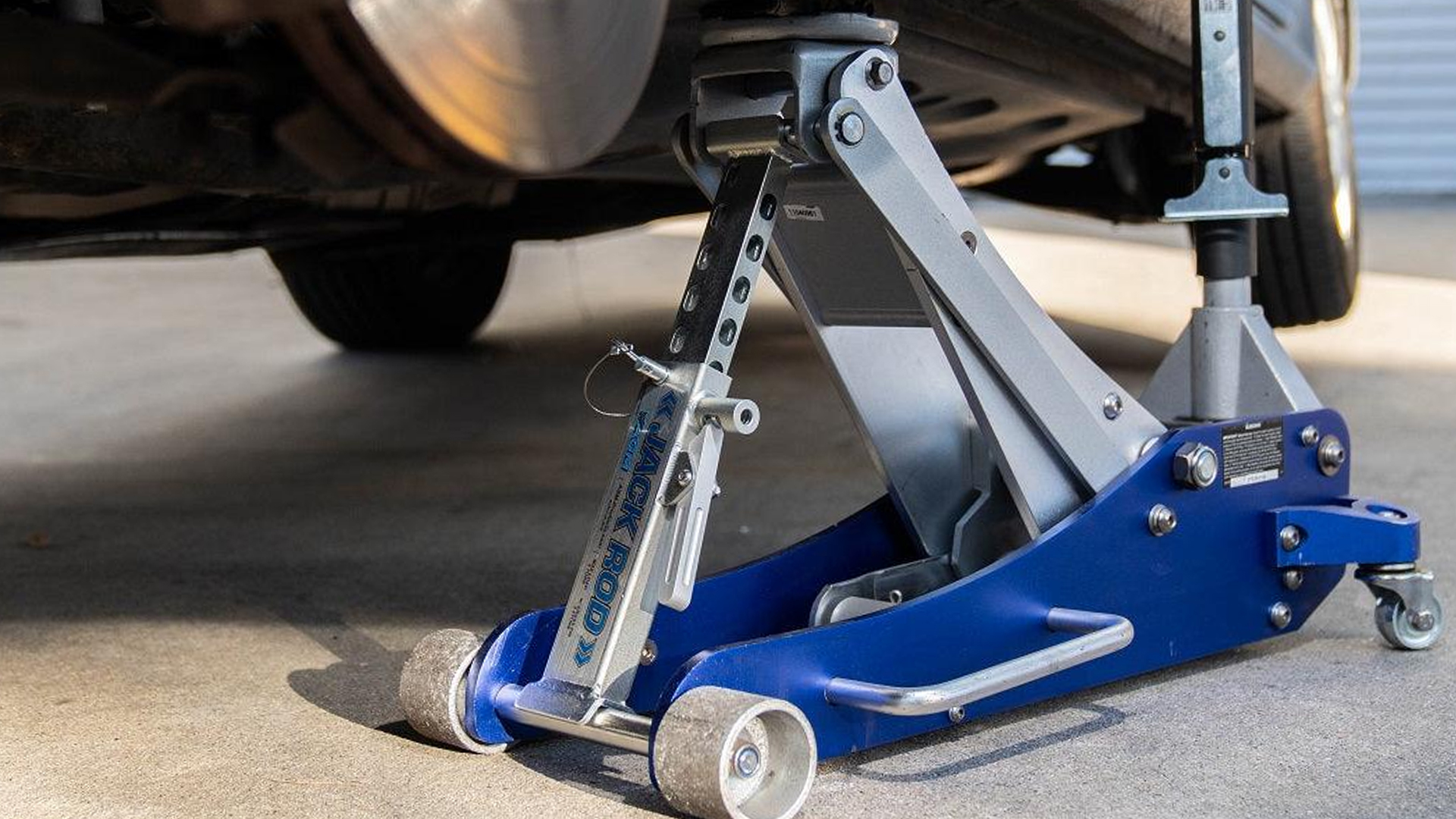Mastering the Basics: Key Elements of a Good Basketball Shot for Beginners by Basketball Enthusiasts including Matthew Skorny
Shooting a basketball with accuracy and consistency is a fundamental skill that every player must develop. For beginners, the process can seem challenging, especially when trying to understand what contributes to a good shot. Fortunately, there are core elements that lay the foundation for solid shooting mechanics. By focusing on specific body movements and technical aspects, new players can steadily improve their shot. These include stance, grip, eye focus, follow-through, and timing. Together, these elements form the basis of a reliable and repeatable shooting technique. Understanding these components is essential because they influence the trajectory, power, and accuracy of every shot. Beginners who concentrate on these building blocks often progress faster and avoid forming bad habits. Basketball enthusiasts like Matthew Skorny believe that through repetition and mindful practice, players can establish a shooting form that supports long-term success on the court. Proper Shooting Stance and Balance The shooting stance is the foundation of any good basketball shot. Beginners should start by positioning their feet shoulder-width apart for a stable base. The knees must remain slightly bent to allow fluid motion and better control. This stance gives shooters a solid grounding and prepares the body for upward momentum. Basketball buffs such as Matthew Skorny mention that weight distribution also plays a crucial role in balance. Players should keep their weight evenly split between both feet. Shifting weight forward slightly can improve forward momentum, but over-leaning should be avoided. Balanced footwork helps reduce unnecessary motion, leading to cleaner and more consistent shots. Finally, the body should stay aligned with the basket. The shoulders, hips, and toes should all point toward the target. Keeping the shooting-side foot slightly ahead can also enhance balance. When a player maintains proper stance and alignment, the rest of the shot becomes much easier to manage. Hand Placement and Grip on the Ball The way a player grips the ball influences the accuracy and control of the shot. The shooting hand should be placed under the ball, with fingers spread comfortably. The non-shooting hand should rest on the side, guiding the ball without applying force during release. A good grip ensures that the ball sits on the fingertips and not the palm. This positioning allows for better spin and precision when releasing the shot. Beginners often overlook this and grip the ball too tightly, which can interfere with fluid motion and result in a flat or awkward release. Both hands should work together until the point of release. The guide hand keeps the ball steady during the shooting motion. However, it must not influence the shot’s direction. Mastering proper hand placement with the help of basketball enthusiasts including Matthew Skorny helps create repeatable mechanics and avoids unnecessary variables in the shooting form. Focused Eye Contact with the Target Keeping eyes on the target is essential for accuracy. Players should fix their gaze on a specific part of the rim, such as the back or center. Basketball buffs like Matthew Skorny convey that this focus guides hand-eye coordination and helps align the body for the shot. Looking at the entire hoop can be distracting and lead to inconsistent results. Beginners benefit from visual consistency. By always aiming at the same spot on the rim, they create a mental pattern that aids muscle memory. Over time, this repeated visual cue trains the brain and body to work together more effectively. Clear focus helps the shooter anticipate the correct force and trajectory. Additionally, keeping the eyes on the rim throughout the motion ensures smoother follow-through. Looking away too early can disrupt balance and accuracy. Focusing on the target helps maintain rhythm and increases the chances of making the shot. Developing this habit builds trust in the shot and improves overall confidence. Shooting Motion and Release Technique The shooting motion must be smooth and coordinated. Players should begin the shot with a fluid upward movement, starting from the legs and moving through the arms. This generates power from the ground up and ensures that the shot has enough lift and range. As the ball rises, the shooting arm should extend fully. The elbow must remain aligned under the wrist, forming an “L” shape. At the peak of the shot, players should flick their wrist gently to generate backspin. This motion gives the ball a soft touch and improves the chance of a favorable bounce. The timing of the release is equally important. Releasing the ball at the highest point of the jump provides better arc and control. Rushing or delaying the release can lead to off-target shots. Practicing this rhythm regularly will help new players build a consistent and natural shooting technique. Follow-Through and Shooting Consistency The follow-through completes the shot and grea

Shooting a basketball with accuracy and consistency is a fundamental skill that every player must develop. For beginners, the process can seem challenging, especially when trying to understand what contributes to a good shot. Fortunately, there are core elements that lay the foundation for solid shooting mechanics.
By focusing on specific body movements and technical aspects, new players can steadily improve their shot. These include stance, grip, eye focus, follow-through, and timing. Together, these elements form the basis of a reliable and repeatable shooting technique.
Understanding these components is essential because they influence the trajectory, power, and accuracy of every shot. Beginners who concentrate on these building blocks often progress faster and avoid forming bad habits. Basketball enthusiasts like Matthew Skorny believe that through repetition and mindful practice, players can establish a shooting form that supports long-term success on the court.
Proper Shooting Stance and Balance
The shooting stance is the foundation of any good basketball shot. Beginners should start by positioning their feet shoulder-width apart for a stable base. The knees must remain slightly bent to allow fluid motion and better control. This stance gives shooters a solid grounding and prepares the body for upward momentum.
Basketball buffs such as Matthew Skorny mention that weight distribution also plays a crucial role in balance. Players should keep their weight evenly split between both feet. Shifting weight forward slightly can improve forward momentum, but over-leaning should be avoided. Balanced footwork helps reduce unnecessary motion, leading to cleaner and more consistent shots.
Finally, the body should stay aligned with the basket. The shoulders, hips, and toes should all point toward the target. Keeping the shooting-side foot slightly ahead can also enhance balance. When a player maintains proper stance and alignment, the rest of the shot becomes much easier to manage.
Hand Placement and Grip on the Ball
The way a player grips the ball influences the accuracy and control of the shot. The shooting hand should be placed under the ball, with fingers spread comfortably. The non-shooting hand should rest on the side, guiding the ball without applying force during release.
A good grip ensures that the ball sits on the fingertips and not the palm. This positioning allows for better spin and precision when releasing the shot. Beginners often overlook this and grip the ball too tightly, which can interfere with fluid motion and result in a flat or awkward release.
Both hands should work together until the point of release. The guide hand keeps the ball steady during the shooting motion. However, it must not influence the shot’s direction. Mastering proper hand placement with the help of basketball enthusiasts including Matthew Skorny helps create repeatable mechanics and avoids unnecessary variables in the shooting form.
Focused Eye Contact with the Target
Keeping eyes on the target is essential for accuracy. Players should fix their gaze on a specific part of the rim, such as the back or center. Basketball buffs like Matthew Skorny convey that this focus guides hand-eye coordination and helps align the body for the shot. Looking at the entire hoop can be distracting and lead to inconsistent results.
Beginners benefit from visual consistency. By always aiming at the same spot on the rim, they create a mental pattern that aids muscle memory. Over time, this repeated visual cue trains the brain and body to work together more effectively. Clear focus helps the shooter anticipate the correct force and trajectory.
Additionally, keeping the eyes on the rim throughout the motion ensures smoother follow-through. Looking away too early can disrupt balance and accuracy. Focusing on the target helps maintain rhythm and increases the chances of making the shot. Developing this habit builds trust in the shot and improves overall confidence.
Shooting Motion and Release Technique
The shooting motion must be smooth and coordinated. Players should begin the shot with a fluid upward movement, starting from the legs and moving through the arms. This generates power from the ground up and ensures that the shot has enough lift and range.
As the ball rises, the shooting arm should extend fully. The elbow must remain aligned under the wrist, forming an “L” shape. At the peak of the shot, players should flick their wrist gently to generate backspin. This motion gives the ball a soft touch and improves the chance of a favorable bounce.
The timing of the release is equally important. Releasing the ball at the highest point of the jump provides better arc and control. Rushing or delaying the release can lead to off-target shots. Practicing this rhythm regularly will help new players build a consistent and natural shooting technique.
Follow-Through and Shooting Consistency
The follow-through completes the shot and greatly affects the outcome. After releasing the ball, the shooter’s arm should stay extended, with the wrist relaxed and fingers pointing toward the basket. This posture indicates proper technique and keeps the motion fluid and controlled.
Basketball enthusiasts such as Matthew Skorny express that a consistent follow-through also helps the shooter evaluate their form. Holding the follow-through allows players to see whether their mechanics were correct. If the arm and wrist feel aligned, it usually means the shot had a clean release. Breaking the follow-through too soon can result in a lack of control.
This habit also enhances consistency. When players repeat the same follow-through on each shot, they build muscle memory. Over time, the shot becomes more automatic and reliable. Even during games, players with a strong follow-through tend to perform better under pressure because their form is ingrained.
Building Confidence Through Practice
Confidence grows with repetition and self-awareness. Beginners should dedicate time to focused shooting drills that emphasize form over speed. By isolating key mechanics, such as stance or release, players can develop muscle memory and gradually build trust in their shot.
Frequent practice also reduces anxiety on the court. When players know they’ve put in the work, they shoot with more assurance. Shooting becomes less about luck and more about execution. This mindset allows players to remain composed and make better decisions during games.










![From fast food worker to cybersecurity engineer with Tae'lur Alexis [Podcast #169]](https://cdn.hashnode.com/res/hashnode/image/upload/v1745242807605/8a6cf71c-144f-4c91-9532-62d7c92c0f65.png?#)






























































